Even before my PhD I tended to consume books about one thing or another. This
page aims to keep a log of the books that I have read in the recent past.

|
| Title |
GWT In Action, Second Edition |
| Author |
Robert Hanson, Adam Tacy, Jason Essington, Christopher Ramsdale and Anna Tokke |
| Read At |
May 2012 |
|
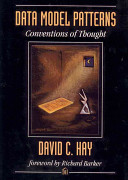
|
| Title |
Data Model Patterns: Conventions of Thought |
| Author |
David C. Hay |
| Read At |
February 2012 |
|
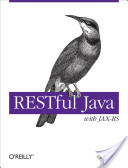
|
| Title |
Restful Java with Jax-RS |
| Author |
Bill Burke |
| Read At |
February 2012 |
|
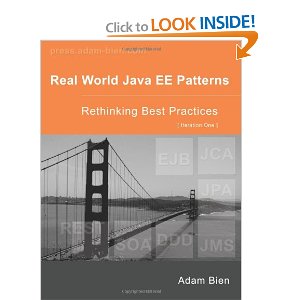
|
| Title |
Real World Java EE Patterns: Rethinking Best Practices |
| Author |
Adam Bien |
| Read At |
February 2012 |
|
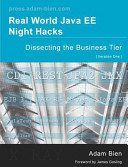
|
| Title |
Real World Java EE Night Hacks: Dissecting the Business Tier |
| Author |
Adam Bien |
| Read At |
February 2012 |
|
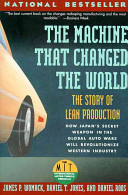
|
| Title |
The machine that changed the world: the story of lean production |
| Author |
James P. Womack, Daniel T. Jones, Daniel Roos |
| Read At |
January 2012 |
|
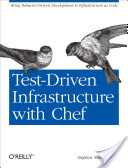
|
| Title |
Test-Driven Infrastructure with Chef |
| Author |
Stephen Nelson-Smith |
| Read At |
December 2011 |
|
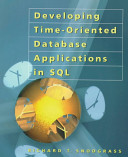
|
| Title |
Developing time-oriented database applications in SQL |
| Author |
Richard T. Snodgrass |
| Read At |
September 2011 |
|
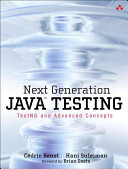
|
| Title |
Next generation Java testing: TestNG and advanced concepts |
| Author |
Cédric Beust, Hani Suleiman |
| Read At |
September 2011 |
|
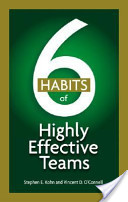
|
| Title |
6 Habits of Highly Effective Teams |
| Author |
Stephen E. Kohn, Vincent D. O'Connell |
| Read At |
September 2011 |
|
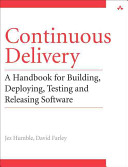
|
| Title |
Continuous Delivery: Reliable Software Releases Through Build, Test, and Deployment Automation |
| Author |
Jez Humble, David Farley |
| Read At |
September 2011 |
|
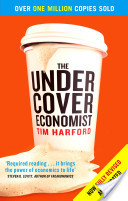
|
| Title |
The Undercover Economist |
| Author |
Tim Harford |
| Read At |
September 2011 |
|
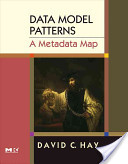
|
| Title |
Data model patterns: a metadata map |
| Author |
David Hay |
| Read At |
May 2011 |
|
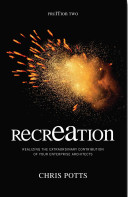
|
| Title |
Recreation: Realizing the Extraordinary Contribution of Your Enterprise Architects |
| Author |
Chris Potts |
| Read At |
June 2011 |
|
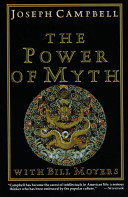
|
| Title |
The power of myth |
| Author |
Joseph Campbell, Bill D. Moyers |
| Read At |
Mar 2011 |
|
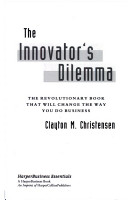
|
| Title |
The innovator's dilemma: the revolutionary book that will changed the way you do business |
| Author |
Clayton M. Christensen |
| Read At |
Feb 2011 |
|
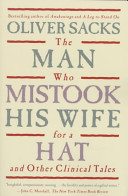
|
| Title |
The man who mistook his wife for a hat and other clinical tales |
| Author |
Oliver W. Sacks |
| Read At |
Feb 2011 |
|